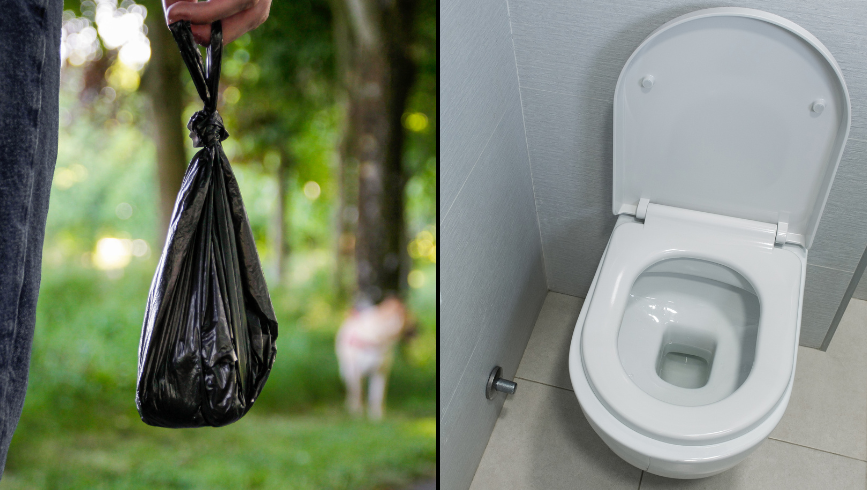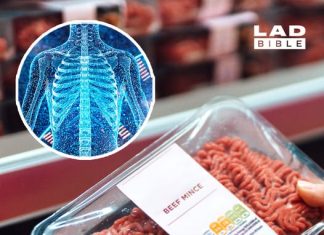Flushing pet waste down the toilet may seem like a convenient disposal method, but experts strongly advise against it due to significant health and environmental risks. Both cat and dog feces can harbor parasites and pathogens that are not effectively treated by standard municipal wastewater systems, posing threats to human health and aquatic ecosystems.
The Hidden Dangers in Cat Waste
Cat feces often contain Toxoplasma gondii, a resilient parasite that can cause toxoplasmosis in humans. This infection is particularly dangerous for individuals with weakened immune systems and pregnant women, as it can lead to severe health complications or birth defects. Standard wastewater treatment processes are not equipped to eliminate this parasite, allowing it to enter waterways and potentially infect wildlife and humans .

Risks Associated with Dog Waste
Dog feces can contain Toxocara, a parasite that causes toxocariasis in humans. This condition can lead to serious health issues, including organ damage and vision loss. Like Toxoplasma, Toxocara is resistant to typical sewage treatment methods, increasing the risk of environmental contamination .
Environmental Impact of Flushing Pet Waste
Introducing pet waste into sewage systems contributes to the spread of harmful pathogens in natural water bodies. These pathogens can disrupt aquatic ecosystems and pose health risks to humans who come into contact with contaminated water. Moreover, the nutrients in pet waste can lead to algal blooms, which deplete oxygen in water and harm marine life .
Misconceptions About “Flushable” Products
Products labeled as “flushable,” such as certain pet waste bags and cat litters, often do not break down adequately in sewage systems. These materials can cause blockages, leading to costly plumbing repairs and environmental issues. In Australia, for instance, flushable pet waste bags have been linked to millions of dollars in damage due to sewer blockages .
Proper Disposal Methods for Pet Waste
- Use Eco-Friendly Bags: Opt for biodegradable or compostable bags made from repurposed materials to reduce environmental impact.
- Dispose in Household Trash: Place bagged pet waste in your regular garbage bin for proper landfill disposal.
- Avoid Flushing: Never flush pet waste or related products down the toilet to prevent health risks and plumbing issues.
By adopting responsible disposal practices, pet owners can protect public health, preserve environmental integrity, and avoid unnecessary damage to sewage infrastructure.
The Role of Public Awareness and Education
One of the major barriers to responsible pet waste disposal is a simple lack of public awareness. Many pet owners are unaware that flushing cat or dog feces can cause harm, believing that if human waste can be flushed, so can pet waste. Public education campaigns can play a critical role in correcting these misconceptions. Cities and municipalities could work with veterinary clinics, pet stores, and community organizations to distribute information about safe disposal methods. Just like public initiatives helped normalize recycling and composting, awareness efforts could shift public habits toward more environmentally responsible practices regarding pet waste.

Conclusion
As awareness of the environmental impact of pet waste grows, so too do innovative solutions. Entrepreneurs and municipalities alike are developing tools and systems that help reduce the burden on landfills and wastewater treatment plants. One promising innovation is pet waste composting systems. While cat waste (due to Toxoplasma gondii) is generally not recommended for composting, dog waste can be safely composted using specialized bins that maintain high temperatures to break down harmful pathogens. These systems are especially useful for eco-conscious pet owners with gardens or yards.

















